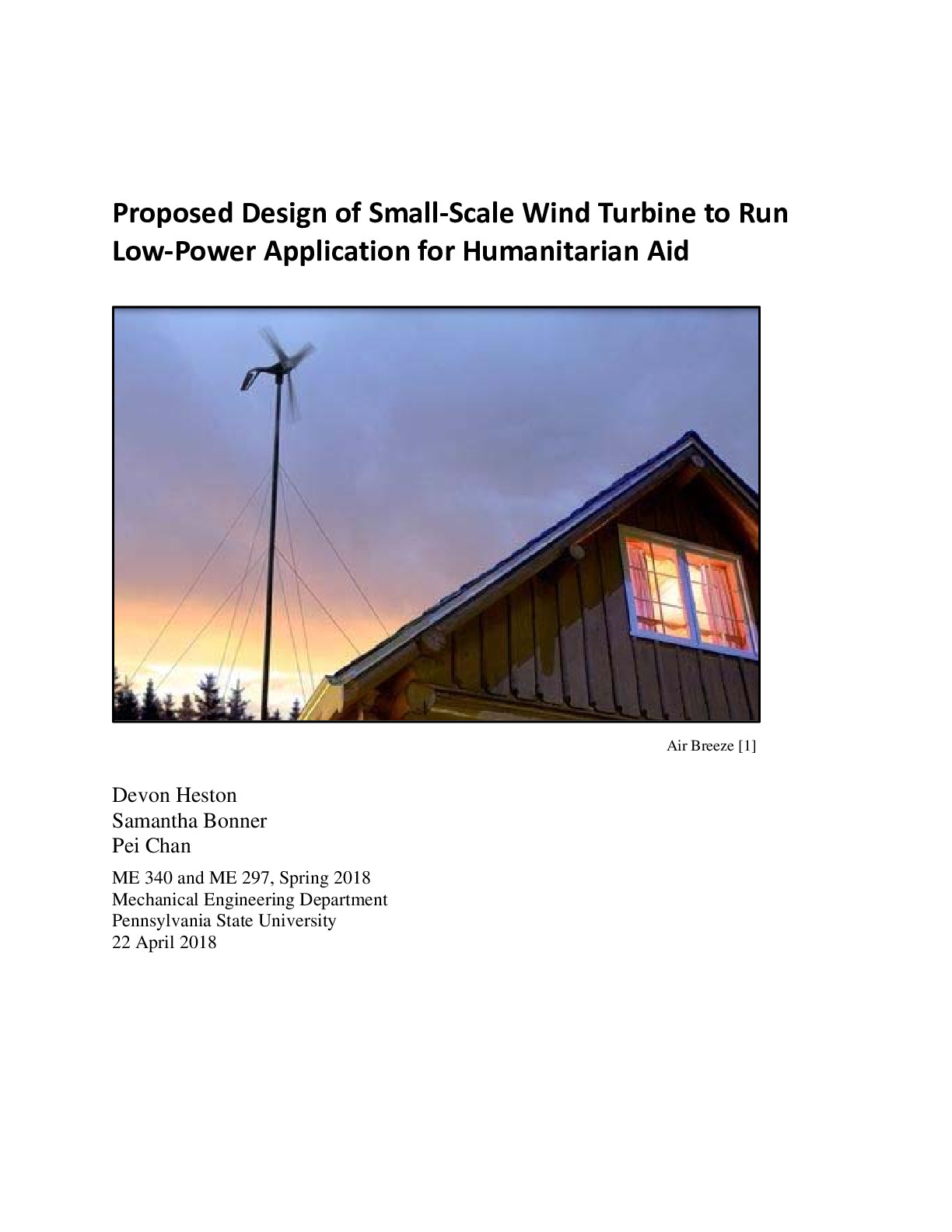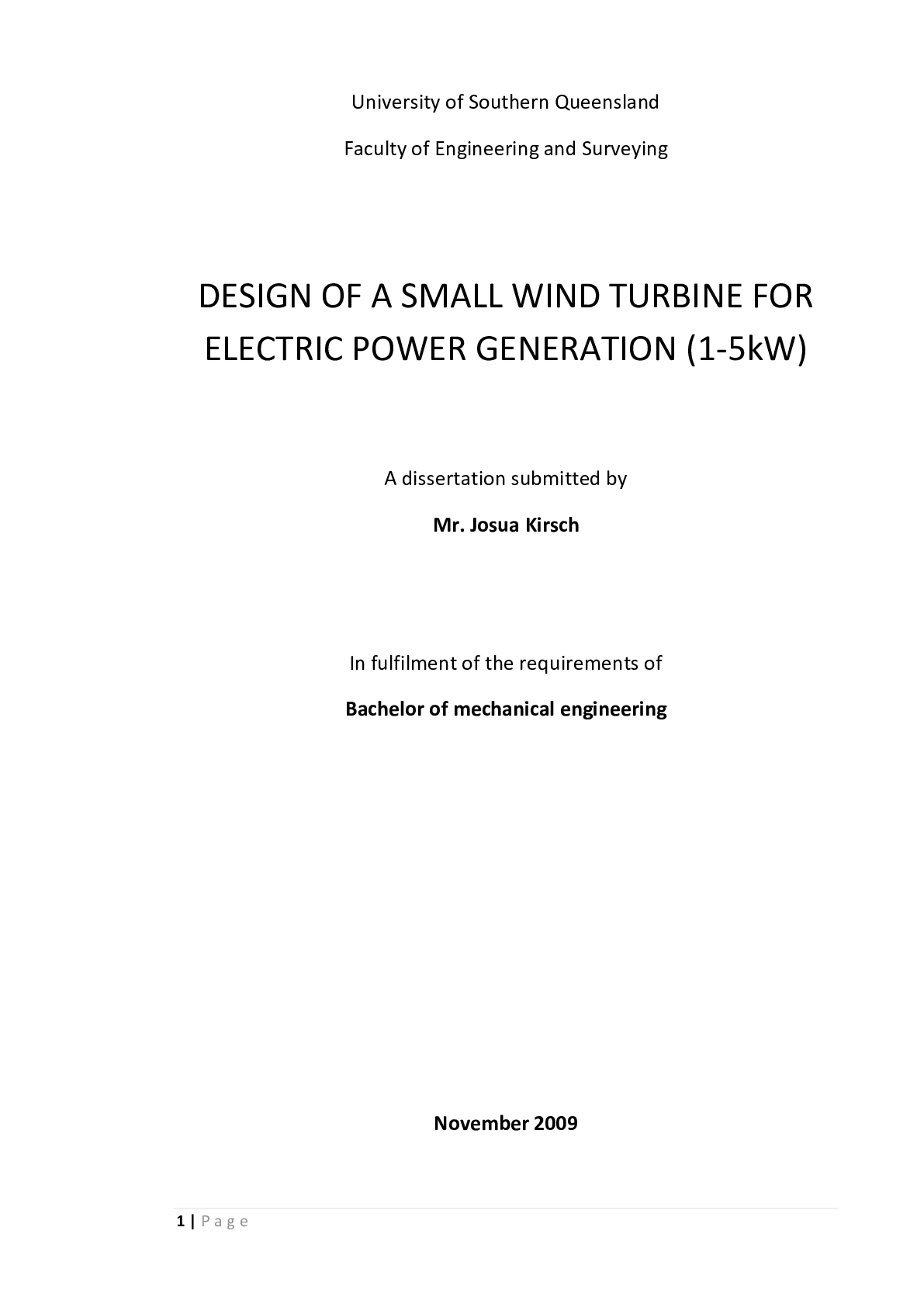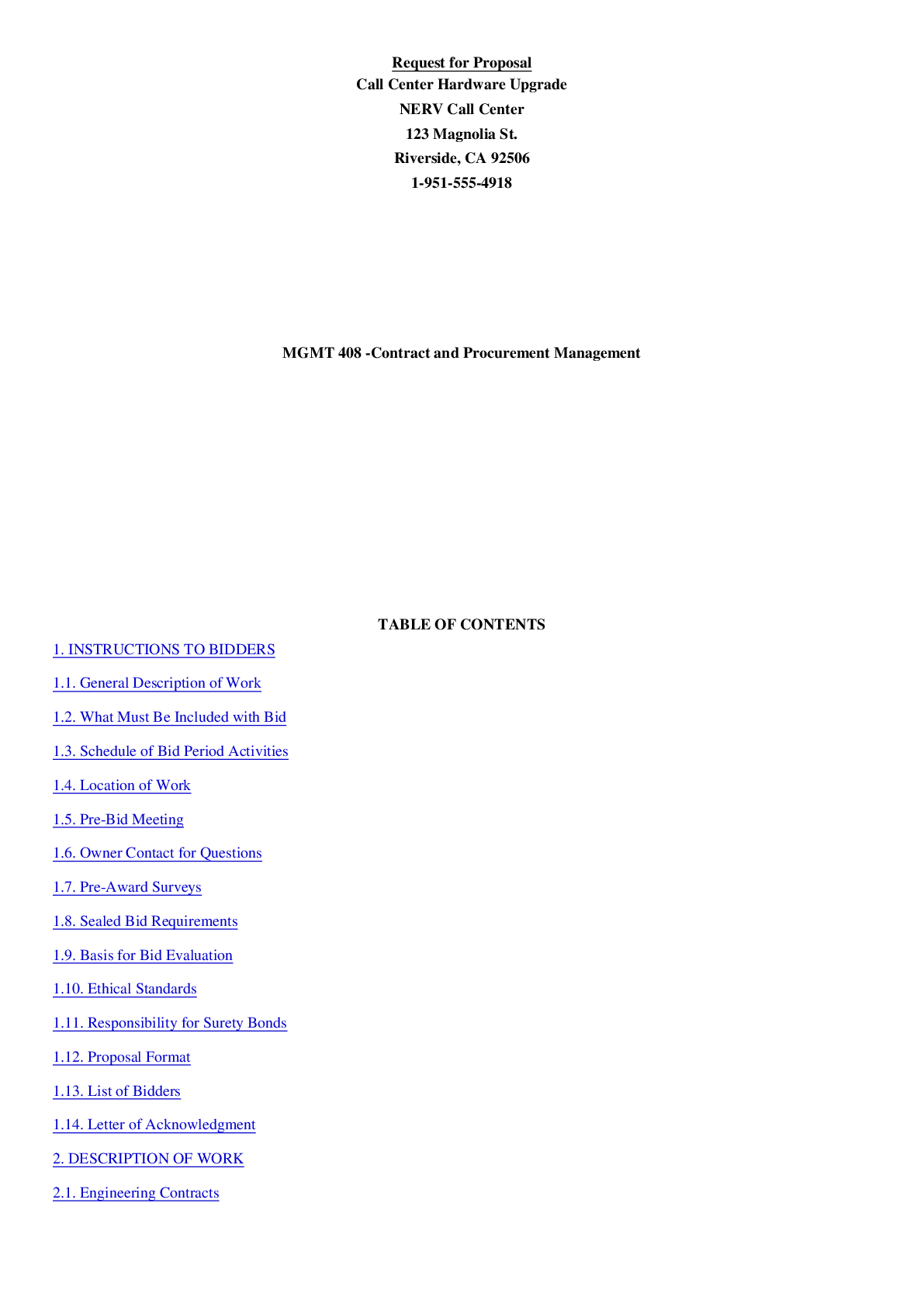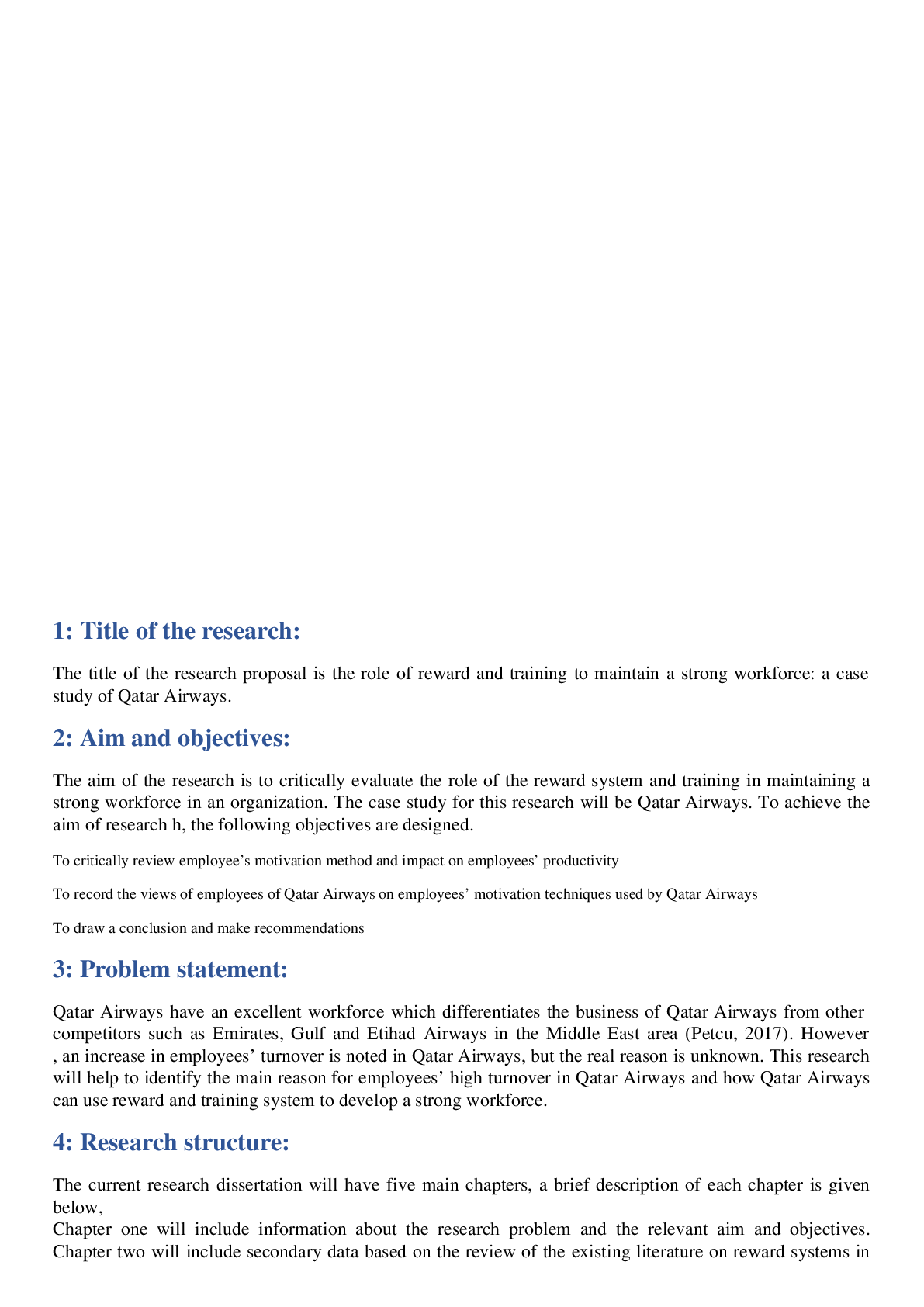Brownie Recipe 2
Document Content and Description Below
WEEK 3 1. Consequence of too much O2 → dry & cracking oral mucosa 2. PE s/sx → petechiae, pleural rub, tachycardia (not bradycardia, hypertension) 3. 1 day post surgery ... (thoracotomy), what should the nurse do? → teach about incentive spirometer and high fowler’s position (not give O2 nasal cannula) 4. CVP increase → possible right ventricular failure 5. Digoxin toxicity s/sx → nauseous with loss of appetite [REPEAT] 6. Apical pulse location → (image) mitral location 7. PaO2 50 mm → severe hypoxia (anything > 60 mm) WEEK 4 1. Hypokalemia → “U” wave formation on EKG 2. Client’s partner will suction, ready to be sent home? → they perform it independently 3. Best indicator for heart damage → troponin I 4. Patient is on coumadin, what is concerning → PT 45 seconds (normal: 11-12.5) 5. Suspected MI, what do you do first → oxygen WEEK 5 1. Type I patient insulin therapy, barriers? → literacy, dexterity, culture, motivation 2. Give Lispro, when do you wanna give insulin → 15 minutes before breakfast 3. Give furosemide, what do you teach → give foods high in potassium 4. What does coumadin do → prevent stroke in patients with atrial fibrillation 5. SIADH → fluid restriction 6. DKA, blood sugar goes down to 240 → change to D5 NS IV fluid 7. Cushing’s SATA → buffalo hump, purple striation, moon face 8. tPA (tissue plasminogen), what is the most concerning → LOC (not oozing blood) WEEK 6 1. Teaching of Hep B → increase appetite (anorexia) 2. Allergic reaction of blood transfusion → generalized urticaria 3. Asthma exacerbation, priority intervention → nebulizer (not high-fowler's position) 4. +4 edema intervention → pressure relieving mattress 5. Warfarin, contraindication → cabbage (green leafy) 6. Severe cirrhosis → nose bleeding & bruising *bleeding priority* 7. Acute pancreatitis teaching → no cheddar cheese 8. Intervention for ascites → high carbs, high calories (NOT 3in above umbilicus) 9. Cirrhosis, further teaching → “I can eat anything I want” 10. Acute pancreatitis, after pain med → keep them NPO 11. TPN at home teaching (SATA) → keep refrigerated, start D10 if feeding is finished, keep infusion rate if behind on feeding (3) 12. Patient is falling asleep as nurse is talking to them → increased ammonia levels 13. Cholecystitis (SATA) → back rub, incisional splinting, identify pain level, change client position (4)WEEK 7 1. Spinal cord injury, what will occur? → flaccid paralysis 2. What contributes to ICP → sodium 110 (hyponatremia) *always think sodium!* 3. Hep A, early indication → anorexia 4. Acute pancreatitis, where is the pain → epigastric radiating to back 5. What should be reported → ICP of 19 6. Left HH, teaching → put tray & items on patient’s right side 7. Cane teaching with AP → move cane first before legs 8. Stroke teaching → put the patient semi fowlers to facilitate swallowing 9. Associated with embolic stroke → chronic a fib 10. L1, what should you do? → give anticoagulants (they are paralyized → not active ROM exercises) 11. TIA where will you monitor, symptoms go away → go to neurotele & monitor 12. Embolic stroke → it travels 13. Most concern to nurse → unresponsive with arousal 14. ICP sata → headache, slurred speech, eye changes, disorientation 15. Trauma, s/sx hypovolemia → increased HR (tachycardia) [Show More]
Last updated: 2 years ago
Preview 1 out of 49 pages

Buy this document to get the full access instantly
Instant Download Access after purchase
Buy NowInstant download
We Accept:

Reviews( 0 )
$9.00
Can't find what you want? Try our AI powered Search
Document information
Connected school, study & course
About the document
Uploaded On
Jun 16, 2022
Number of pages
49
Written in
Additional information
This document has been written for:
Uploaded
Jun 16, 2022
Downloads
0
Views
182

.png)













